I’ll never forget the day I first spotted the 19th century West Village farmhouse that shouldn’t exist.
I was driving down Greenwich Street when I happened to glance over and notice a strange little building poking through the trees.
I pulled over and headed down Charles Street…
…and came upon what has to be the single most unusual house in all of Manhattan:
This is 121 Charles Street, a Manhattan farmhouse believed to date to the early 1800s. And, as reported in the news last week, there is now a very sad possibility it could soon be torn down and replaced by a modern development.
The farmhouse, known to some as Cobble Court, is actually a transplant to the Village, having been moved here from its original location at 71st and York Ave. Little is known about its past, though it is believed to have been a restaurant in the early 1900s, and later, the studio of Margaret Wise Brown, who you probably know for having written this book (among over a hundred others)…
By the 1960s, the farmhouse was being rented by a couple, the Bernhards, when the Archdiocese of New York purchased it and the surrounding properties, to be demolished for the creation of a nursing home. Though the archdiocese tried to pay the Bernhards to leave, the couple had fallen in love with the farmhouse and weren’t interested in the money. Finally, an agreement was reached: they would leave, but only if they could take the house with them.
And so, on March 5th, 1967, the farmhouse was loaded onto a flatbed and brought to a vacant lot off of Greenwich Street, which the Bernhards had purchased for $30,000. As the truck pulled away, Mrs. Bernhard exclaimed “It’s saved! It’s saved!”
To me, 121 Charles Street is one of the most charming residences in the city.
Everywhere you look, the house seems to delight in the merging of the most unlikely angles imaginable.
It’s almost as if, after being dropped into place, the house let out a sigh and slumped down into its final, very relaxed resting spot.
The Bernhards even transported the original cobblestones from the property…
…and put up an extra wide gate because Mrs. Bernhard didn’t want passersby to feel embarrassed for looking.
The house features a beautiful garden typically overflowing with flowers, along with two Concord grape trees, a sour cherry tree, two fig trees, a magnolia and a dogwood…
…and could this be the only front door doggy flap in Manhattan??
In 1988, the house was purchased by its current owners who, according to this 2008 NY Times profile, seemed to be as enchanted with the the property as the Bernhards. As detailed in the piece, they worked hard to restore it, with a small addition earning them an award from the Greenwich Village Historical Society. One of the owners even gushes about first falling in love with the property when driving past as a child, thinking whoever lived there to be “the luckiest man in New York.”
Then, something very unexpected appeared on the internet a week or two ago: a real estate listing for the property as a $20,000,000 development site:
There is not a single mention of the farmhouse in the entire listing. Instead, the property is described as a “4,868 square foot lot creating a large blank canvas for a developer or user to execute a wide variety of potential visions, from boutique condominiums, apartments or a one-of-a-kind townhouse” (as you can see above, the “blank canvas” line was later removed).
The backlash came quickly. The Daily News ran several stories, picked up by Daily Mail, Gothamist and WPIX.
Then, on July 18th, Andrew Berman, executive director of the Greenwich Village Society for Historic Preservation, wrote an intelligent and strongly worded letter condemning the possible destruction of the farmhouse, noting that “because this structure is located within a designated historic district, no changes can be made to it without a long public hearing process and ultimately the approval of the Landmarks Preservation Commission.”
Since then, it appears the listing has been taken down (you can still read the archived original here). Not sure what this means, if anything, but if you’ve never had the pleasure of peering through the gates at 121 Charles Street, I highly recommend you take a look (while it’s still there).
I’ll keep you posted on this one. Let’s hope this little farmhouse’s 200+ year string of good luck continues for another century or so…
-SCOUT

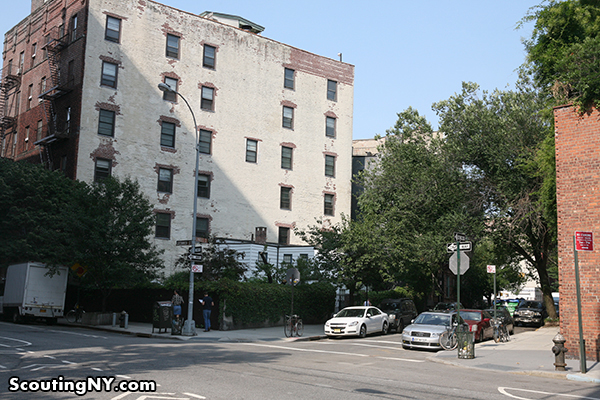
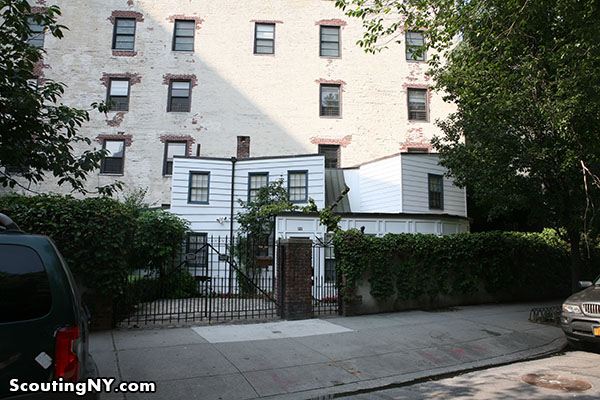
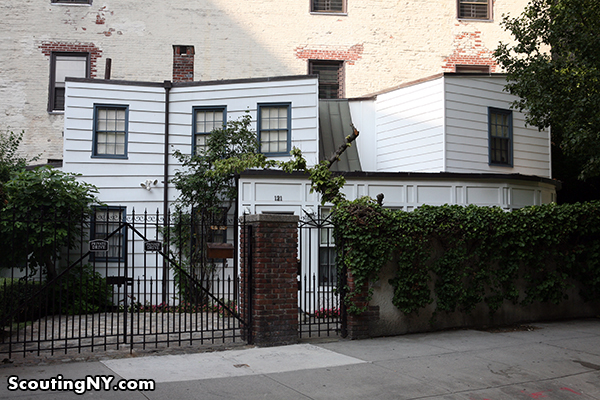
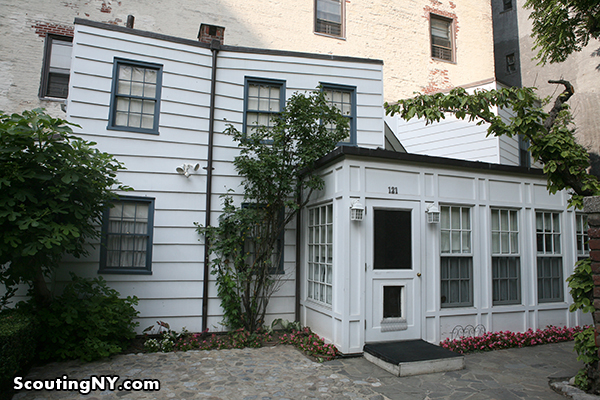
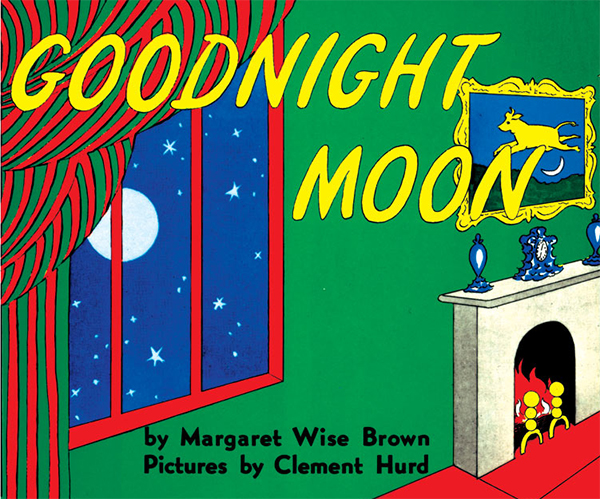

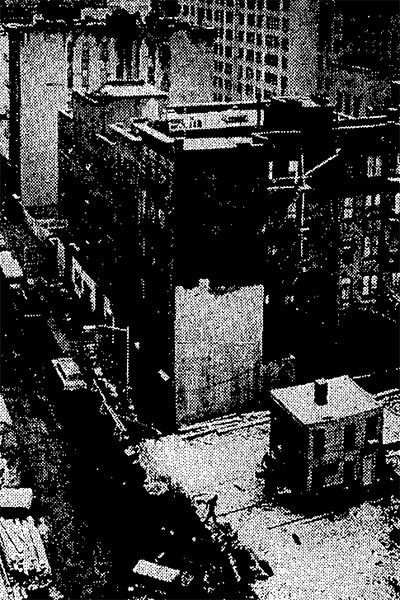
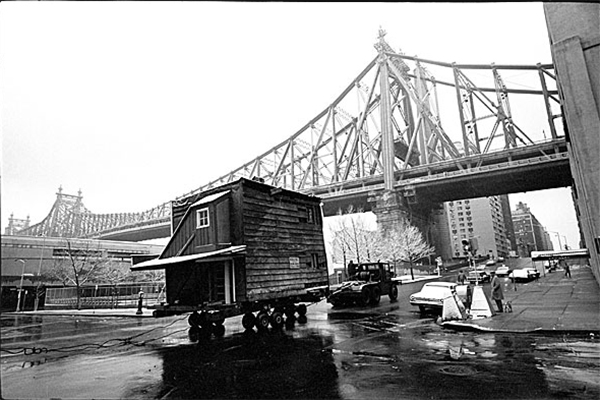
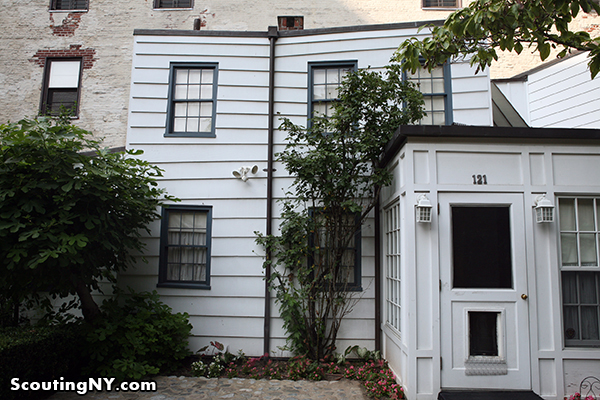
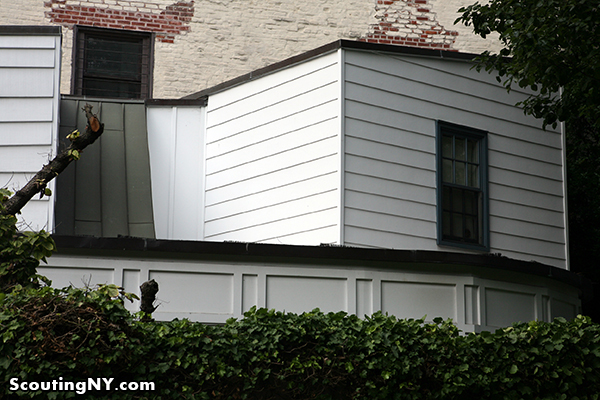
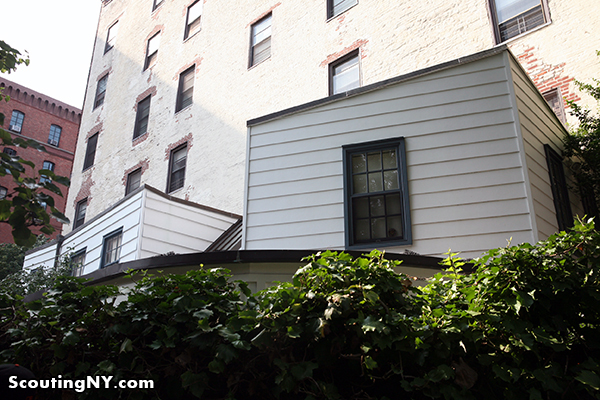
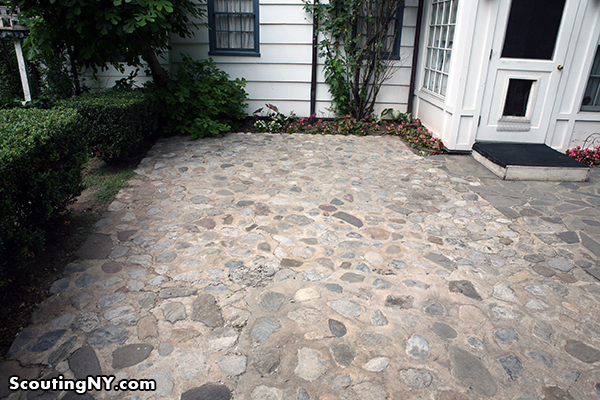
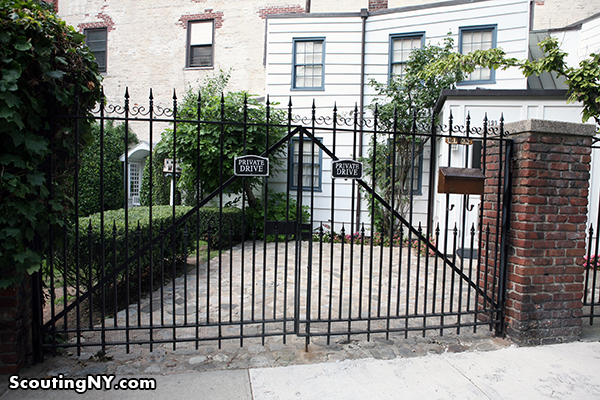
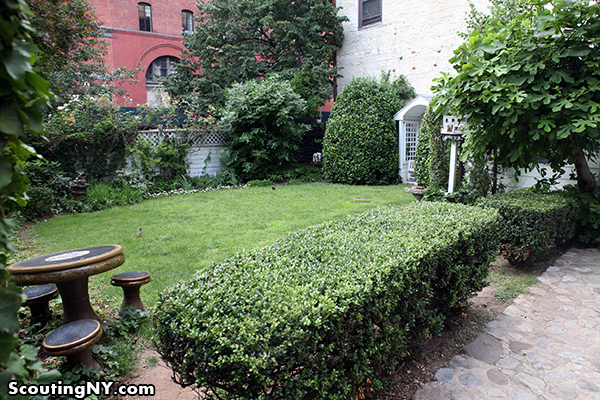

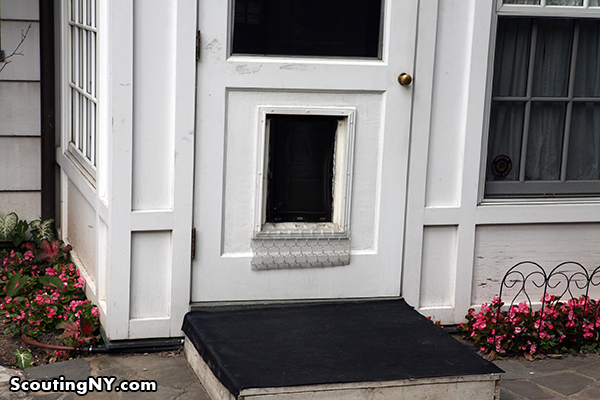
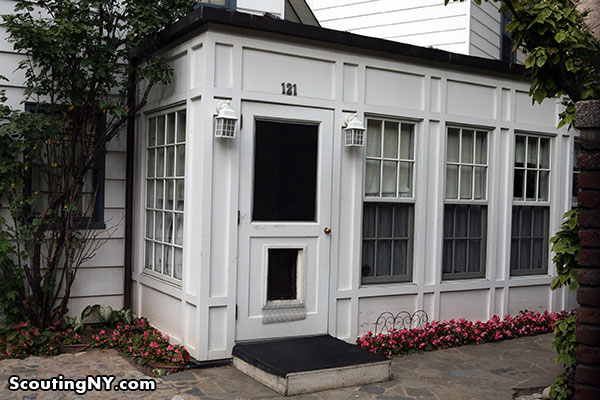
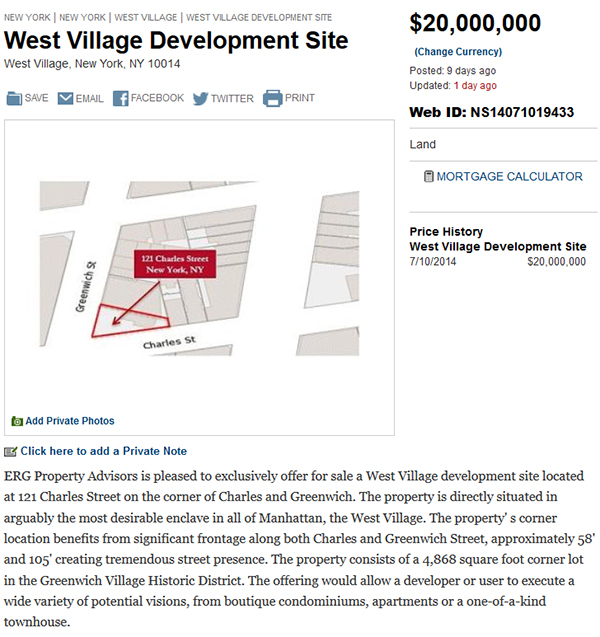

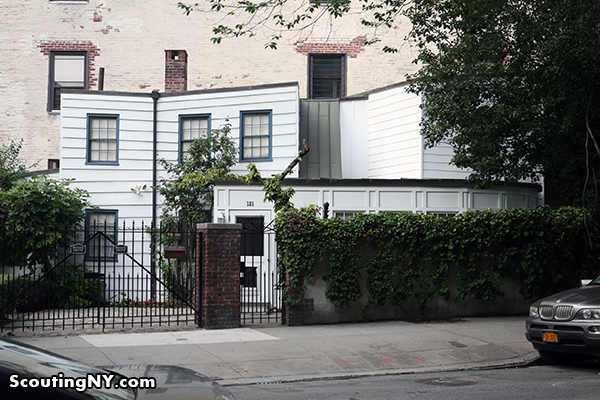


Thanks for covering this. While the address is not given, This Old House magazine had an extensive article about the renovation of this house about a decade ago.
Do you know if there are any petitions circulating to save this wonderful place?
I’m so glad for the detail about the gate being made purposefully wide so that lookers-in aren’t embarrassed. As a “work” resident of the West Village, I love walking on Charles Street. This little house being one of the main reasons. It would be the utmost shame if it were destroyed or removed. Thank you for the post.
I hope they save it.
I hope Chumley’s comes back, too.
Thank you.
MS
Thanks for covering this story. I love that little farmhouse and was intrigued about it the first time I saw it nearly 20 years ago when I moved to NYC.
As much as I love that farmhouse, knowing it used to be elsewhere relieves some of the magical necessity that it remain on Charles Street. Besides, $20 Million is a lot of money for the owners. I do hope, that if they sell the land property, they can afford to move the house to a new vacant lot in Manhattan and extend the history for a long time. I’d hate it if the house itself was torn down. I wonder where else they could move it to? Inwood? Somewhere in Alphabet City? It simply must stay in Manhattan.
Great find! I hope there is some way that this building can be preserved, though as Bo said above, $20 million is a lot of money to turn down.
Here is a link to two more Manhattan rarities (not my website). I discovered them when walking over to the 92nd Street Y for a class. I was dumbstruck at finding wooden buildings (in their original locations).
http://daytoninmanhattan.blogspot.com/2010/11/houses-that-time-and-change-passed-by.html
If it can’t be saved in its present location, how about it gets moved to Richmondtown on Staten Island to be part of the collection of colonial and early national structures that are there? Being that its present location isn’t its original location anyway, another move shouldn’t be such a terrible thing.
The city has plenty of “boutique condos” as it is; hope the little farmhouse that could keeps standing its ground!
It has been moved before; it can be moved again. Just get it out of Manhattan, the place of death to all things good.
It’s more than twice as big as it was the last time it was moved.
It’s more than twice as big as it was the last time it was moved.
@Rob: I think he meant, the “This old house” article didn’t specify the address.
121 Charles street. Address is in the real estate listing photo/image
When I have the spare change to purchase the entire lot, I shall, and no more shall be said about the destruction of something so unique. After the pain I went through trying to find a particular willow tree I cannot bear to see NYC lose any more of what makes it so charming.
Now, how to go about making £20,000,000…
I remember the night this house was moved! First husband, Bob Peters, and I lived at 2nd and 71st. A friend of Bob’s, William Shopsin, was the architect working with the couple who moved it. The logistics of the move gave Bill nightmares, had to be done at night to avoid traffic. On First Ave the house couldn’t be seen from the street, another old farmhouse concealed it. I’ve followed it in the news ever since. IT MUST BE SAVED! PLEASE HELP SAVE IT!
$20M is indeed a lot of money. Just didn’t know that was the going rate for the soul of Greenwich Village.
So sad.
If this house was moved to the West Village, then it can be moved out of the city entirely and still be “saved.” If people like the character they can choose to pay for the privilege, otherwise we’re keeping NY an extremely expensive place to live at the expense of all those people who could benefit to live closer to work or a market for certain types of labor. People’s lives are much more important than any charming cottage.
I’m sure they were saying the exact same thing when the demolished old Penn Station, and were trying to demolish Grand Central as well.
A city that is willing to sell off and bulldoze it’s history for a bit of extra convenience deserves neither.
Wow… I remember first reading (and seeing) about this farm house in Time Life Books’ “The Great Cities: New York” (published circa 1976).
The photo showed the house in it’s current location, but looking a lot more run down and with fewer additions (the extension on front is present, but much shorter). It’s interesting to note that in the confines of the book’s photo, the wall the farm house backs onto had no windows visible in shot in 1976.
The photo’s caption is as follows:
“A quaint addition to Greenwich Village’s varied scene is this 18th-Century house which, in 1967, was moved in toto to its new location from its original site on Manhattan’s upper East Side. Its owners, not wishing to see it razed by developers, had the 12-ton, six-room house loaded on to a wheeled platform and rolled through the streets to its present address.”
Having seen the fate of the city’s various historic diners, it would be a crime if this farm house were demolished.
I’ll take the 20 million. I can find a nice farmhouse in the Hamptons for less than that.
That’s my second favorite house in Manhattan (the first being the one on the roof of Kiehl’s drugstore on E 13th St).
But, Scout, you missed the best part of that house! It has a birdhouse, built to look like the house itself:
https://www.flickr.com/photos/klg19/3543327631/